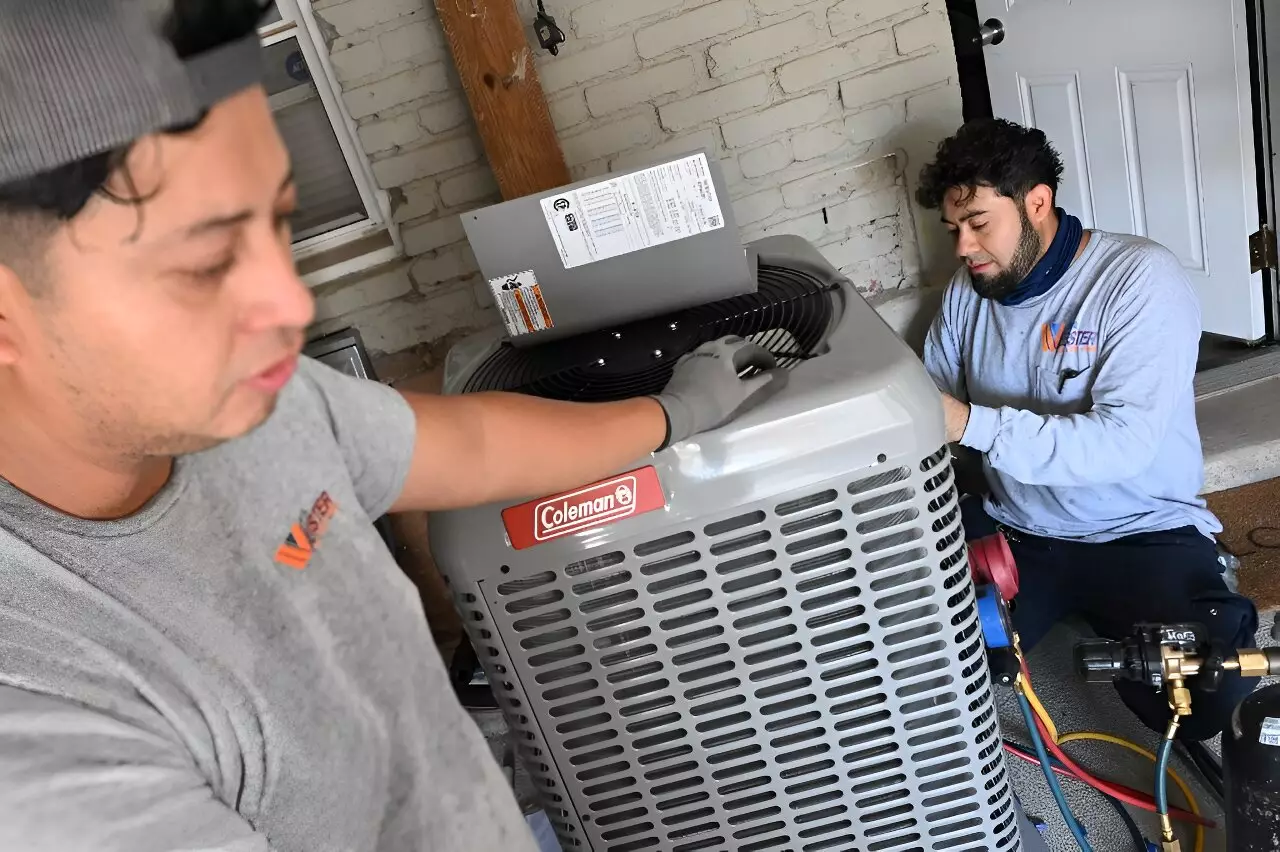As contractors across the United States are working diligently to install heat pumps in various residential properties, it is becoming increasingly clear that this technology is a crucial component of the nation’s broader plan towards greater home electrification. Heat pumps, though less flashy than electric cars and less recognized than solar panels, play a significant role in making homes more energy-efficient by combining the functionalities of heaters and air conditioners into a single appliance. Furthermore, heat pump hot water heaters are also gaining traction as an eco-friendly alternative. Despite being common in Asia and Europe, the adoption of heat pumps in the United States has been relatively slow. However, with the implementation of multi-billion-dollar spending and subsidies plans, spearheaded by the White House, this trend is expected to change significantly.
Government Initiatives and Incentives
The Inflation Reduction Act, a key component of President Joe Biden’s landmark 2022 climate bill, offers up to $2,000 in tax credits for households that install heat pumps. Additionally, thousands of dollars in rebates are being made available for low- and middle-income families who opt for this energy-efficient technology. Various states also provide their incentives, further encouraging residents to transition to heat pumps. For instance, Washington’s Affordable Home Electrification program offers total home electrification at no cost for eligible participants, providing them with heat pump air sources, heat pump hot water heaters, induction stoves, and electrical panel upgrades. These incentives aim to make heat pumps more accessible and affordable for a broader range of homeowners, particularly those who might not have considered this technology previously.
While the upfront costs of transitioning to heat pumps may seem daunting to some homeowners, the long-term benefits and cost savings associated with these systems are significant. Advocates suggest electrifying appliances gradually over time, starting with one appliance at a time. In many cases, heat pumps can be more cost-effective than traditional gas furnaces or water heaters. A report published in the scientific journal Joule highlighted that heat pump air systems would be economically viable in nearly 59% of US households even without subsidies. As more consumers become motivated by climate considerations, the adoption of electrification technologies like heat pumps is expected to increase.
Despite the growing interest in heat pumps, there are still challenges to overcome in terms of raising awareness and fostering widespread adoption. Programs like Washington’s Affordable Home Electrification often cater to seniors on fixed incomes, indicating that further education and outreach efforts are necessary to target a more diverse demographic. Contractors play a crucial role in encouraging the adoption of heat pumps, but there is sometimes resistance due to institutional inertia. However, initiatives like the IRA that provide funding for contractor training on electrification are poised to address these challenges and expand the reach of heat pumps across the country.
The potential environmental benefits of transitioning to heat pumps are substantial. Full adoption of heat pump air systems in the United States could lead to a significant reduction in national greenhouse gas emissions. According to the April Joule report, implementing heat pumps on a large scale could decrease emissions by five to nine percent. States with high heat pump penetration, such as South Carolina, have been successful due to factors like inexpensive electricity, limited gas infrastructure, and the demand for air conditioning. New construction projects also present significant opportunities for integrating heat pumps into residential properties, further driving the shift towards electrification.
Individual Experiences and Perspectives
Individuals like Deane Coady, a resident of Brookline, Massachusetts, have recognized the importance of electrifying their homes for climate reasons. By installing a heat pump and leveraging solar panels, Coady aims to reduce her carbon footprint and contribute to a more sustainable future. Across the country, more homeowners are making similar choices to adopt heat pumps and embrace cleaner energy alternatives, signaling a shift towards a greener and more energy-efficient housing landscape. As awareness grows and incentives become more widespread, heat pump adoption is expected to continue rising, paving the way for a more sustainable and environmentally conscious housing sector.



Leave a Reply